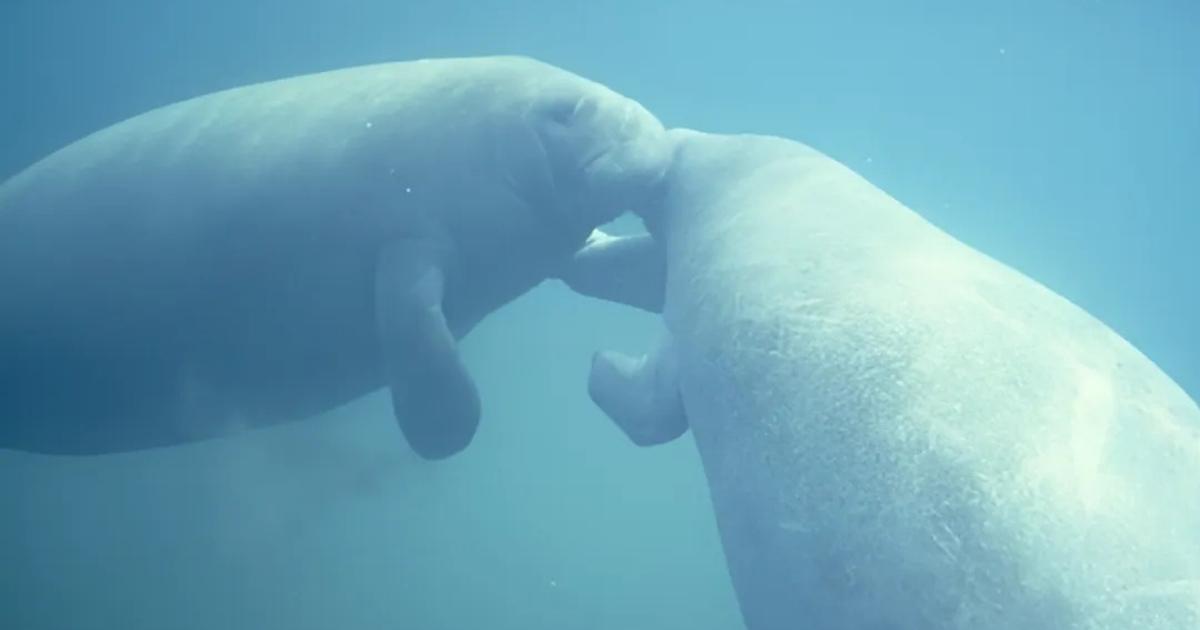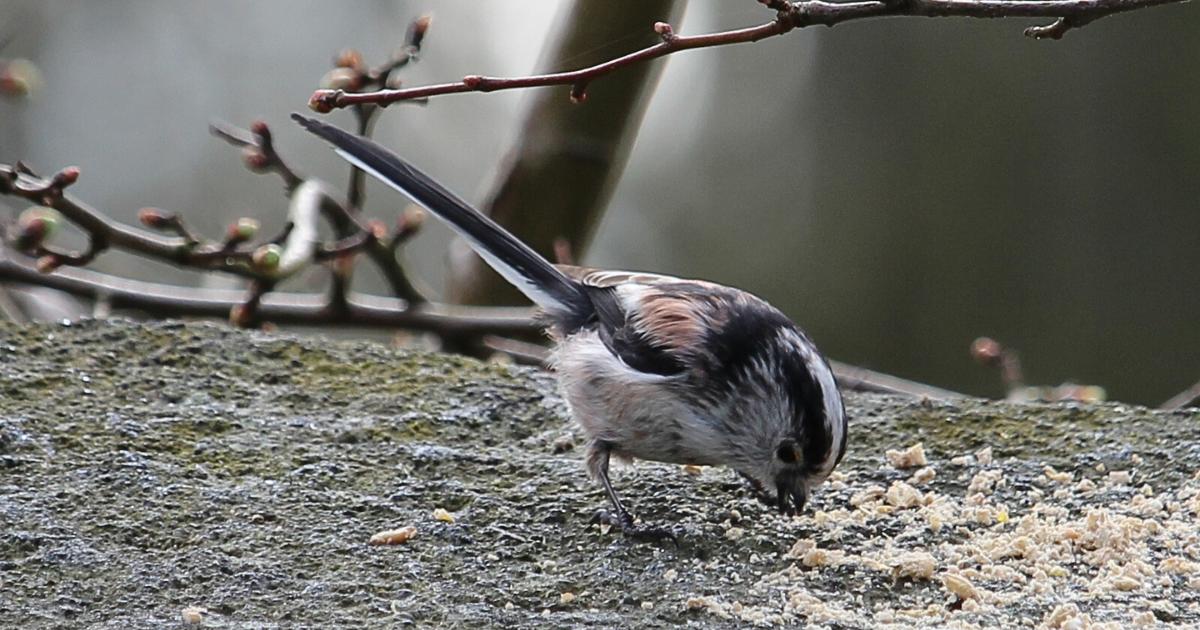As coastal communities are racing against rising oceans, a new study shows how restoring wetlands and tidal flats can defend shorelines and nurture ecosystems.
While concrete seawalls have long been a go-to defense against coastal flooding, natural barriers like salt marshes and mudflats could be key to safeguarding coastlines. A 2025 study published in the Journal of Applied Ecology reveals how using these habitats as natural barriers shape biodiversity differently over time. The catch? Each nature-based solution helps some species now while others benefit later.
Two Natural Solutions
Seaward foreshores involve creating salt marshes in front of existing dikes. These salt marshes reduce wave energy, protecting shorelines while hosting plants like cordgrass.

Landward transitional polders, meanwhile, are reclaimed areas between two dikes that temporarily open to tidal flows, creating mudflats rich in worms, clams, and other bottom-dwelling creatures. But as sediment piles up, plants like salt marsh grasses take over, squeezing out these animals.

Using data from the Netherlands’ Western Scheldt Estuary, researchers modeled how these habitats evolve over 100 years. Key factors included sediment buildup, sea-level rise, and starting elevation.
The Race Against Time
Over decades, both habitats become more alike. Sediment smooths out elevation differences, shrinking the gap in biodiversity. Two forces control this shift:
- Sediment Supply: Muddy water speeds plant growth, shrinking animal habitats faster.
- Sea-Level Rise: Rising waters slow sediment buildup, preserving mudflats longer but risking marsh drowning.
People and Priorities
While nature does the heavy lifting, human challenges remain:
- Seaward Marshes struggle in areas with strong waves or deep ship channels, often needing costly maintenance to prevent erosion.
- Landward Wetlands face resistance from people who want to use that land for farming, even though salty soil often ruins farmland over time.

Credit: Vincent van Zeijst – CC BY-SA 3.0
The study suggests rotating land use, flooding fields to create wetlands when salt levels rise and then reopening them for farming later. This flexible approach balances food and habitat, so long as communities agree.
A Blueprint for Coastal Managers
The takeaway? No single solution fits all coasts. Seaward marshes offer faster flood protection, while landward wetlands support more wildlife early on. But long-term success depends on the effects of sediment and sea-level rise.
While nature provides options, humans must make the choices on how best to tackle problems created by climate change.
The research shows how humans can work with nature to help solve the growing climate crisis, protecting both people and wildlife by letting ecosystems lead.
***
“Marsh vs. Mudflat: How Nature’s Barriers Fight Rising Seas While Protecting Wildlife.” Wu et al. Journal of Applied Ecology (2025).







